Creatine is among the most extensively researched ergogenic aids in sports nutrition, with a robust body of evidence supporting its efficacy in enhancing high-intensity exercise performance, increasing lean muscle mass, and potentially conferring cognitive benefits. For decades, creatine monohydrate (CM) has been the unequivocal gold standard. However, the nutritional supplement market has seen the emergence of alternative forms, most notably creatine hydrochloride (CHCL), which purport to offer superior solubility, bioavailability, and tolerability with reduced dosing requirements.
This scholarly article provides a comprehensive, critical examination of the scientific literature comparing creatine monohydrate and creatine hydrochloride. We delve into the fundamental chemistry, pharmacokinetic profiles, mechanistic actions, clinical outcomes, and safety data of both compounds to determine if the claims surrounding newer formulations are substantiated by empirical evidence. The analysis concludes that while CHCL exhibits favorable physicochemical properties in vitro, creatine monohydrate remains the most proven, cost-effective, and reliable choice for athletes and clinicians based on the overwhelming weight of human in vivo research.
1. Introduction: The Role of Creatine in Human Physiology
To understand the debate between creatine forms, one must first appreciate the critical physiological role of creatine itself. Creatine (α-methyl guanidio-acetic acid) is a naturally occurring nitrogenous organic acid synthesized endogenously primarily in the liver, kidneys, and pancreas from the amino acids arginine, glycine, and methionine. Approximately 95% of the body’s total creatine pool is stored in skeletal muscle, with the remaining 5% found in the brain, heart, and other tissues.

Within muscle cells, roughly two-thirds of creatine exists as phosphocreatine (PCr), while the remaining third is free creatine. The primary function of this system is to act as a rapid reservoir for the regeneration of adenosine triphosphate (ATP), the fundamental currency of cellular energy. During short-duration, high-intensity activities (e.g., weightlifting, sprinting), ATP is hydrolyzed to adenosine diphosphate (ADP) to release energy. The enzyme creatine kinase facilitates the transfer of a phosphate group from PCr to ADP, swiftly resynthesizing ATP. This reaction is paramount for maintaining energy output during the initial seconds of intense exertion.
Worth to read: Best creatine supplements available in USA today
The average individual metabolizes about 1-2 grams of creatine per day, which is replenished through endogenous synthesis and dietary intake (primarily from meat and fish). However, it is impossible to ingest the doses used for ergogenic purposes (5-20 g/day) through diet alone, necessitating supplementation. The goal of supplementation is to saturate the muscle’s creatine stores beyond their natural ceiling, thereby enhancing the capacity for PCr resynthesis and improving performance in repeated bouts of high-intensity exercise.
See also: recommended dosage of creatine
2. Creatine Monohydrate: The Established Gold Standard
2.1 Chemical Structure and Properties
Creatine monohydrate is a simple, stable compound consisting of a creatine molecule bound to a single molecule of water (approximately 88% creatine and 12% water by weight). Its chemical formula is C₄H₉N₃O₂·H₂O. This hydrous form is a white, crystalline, tasteless powder. A key consideration for any supplement is solubility, and CM has moderate solubility in water—approximately 14 g/L at 20°C. This solubility decreases in acidic environments, such as the stomach, which has implications for its gastrointestinal tolerability.
2.2 Pharmacokinetics and Dosing Protocols
The pharmacokinetics of CM are well-documented. Upon oral ingestion, it is absorbed in the small intestine via a sodium-dependent transporter. It then enters the bloodstream and is taken up by muscle cells via a specific creatine transporter (CRT), a process facilitated by insulin.
Two primary dosing strategies have been developed:
- Loading Protocol: 20 grams per day (typically divided into 4 doses of 5 grams each) for 5-7 days, followed by a maintenance dose of 3-5 grams per day.
- Low-Dose Protocol: 3-5 grams per day without a loading phase. This method achieves full muscle saturation similarly to the loading protocol, albeit over a longer period (3-4 weeks).
Muscle creatine content typically increases by 10-40% following a supplementation period, though response varies based on initial muscle creatine levels (individuals with lower baseline levels, often vegetarians, experience greater increases) and muscle fiber type (type II fast-twitch fibers have a higher capacity for creatine storage).
Worth to read: gym nutrition and training over 40
2.3 Efficacy and Clinical Evidence
The efficacy of CM is supported by a vast and incontrovertible body of scientific literature comprising hundreds of peer-reviewed studies and meta-analyses. Its ergogenic benefits are consistently demonstrated in:
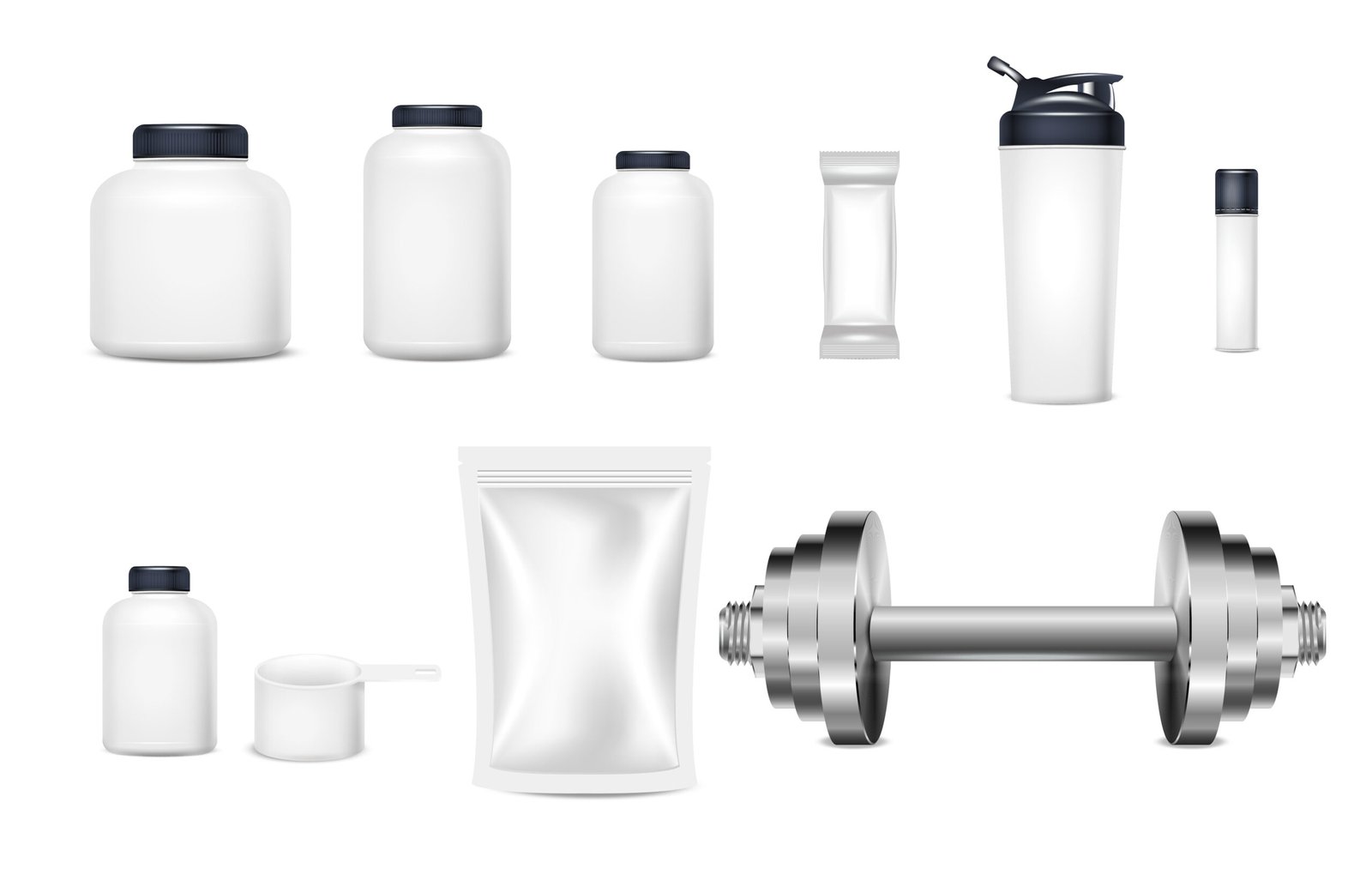
- Increased Strength and Power Output: Enhanced performance in exercises like bench press, squats, and cycling sprints.
- Increased Lean Body Mass: Likely due to greater training volume capacity and cellular hydration (creatine osmotically draws water into muscle cells, creating an anabolic environment).
- Improved Sprint Performance: Enhanced repeat sprint ability with shorter recovery times.
- Neuroprotection and Cognitive Benefits: Emerging research suggests potential benefits for brain health, including reduced mental fatigue and improved cognitive performance under stress.
2.4 Safety and Tolerability
The International Society of Sports Nutrition (ISSN) has stated that creatine monohydrate is one of the safest supplements available when consumed within recommended guidelines. Long-term studies (up to 5 years) have shown no adverse effects on renal, hepatic, or cardiovascular function in healthy populations.
The most commonly reported side effect is gastrointestinal distress, including bloating, gas, and stomach cramps. This is largely attributed to two factors: 1) incomplete dissolution of the powder in the gut, and 2) the large loading doses sometimes used, which can draw water into the intestines. These issues are often mitigated by consuming smaller, divided doses with a meal or beverage containing carbohydrates and protein to stimulate insulin secretion and enhance uptake.
3. Creatine Hydrochloride: The Modern Challenger
3.1 Chemical Structure and Proposed Advantages
Creatine hydrochloride is a salt form where a creatine molecule is bound to a hydrochloride (HCl) group. Its chemical formula is C₄H₉N₃O₂·HCl. The attachment of the HCl group significantly alters the compound’s physicochemical properties. The primary claims made by manufacturers of CHCL are:
- Enhanced Solubility: CHCL is markedly more soluble in water than CM. It can achieve solubility of up to 50-60 g/L, compared to CM’s 14 g/L. This high solubility is maintained across a wider pH range, including the acidic environment of the stomach.
- Superior Bioavailability: It is hypothesized that greater solubility leads to more efficient and complete absorption in the gastrointestinal tract.
- Reduced Dosing Requirements: Due to purported superior absorption, a much smaller dose (e.g., 1-2 grams) is claimed to be as effective as a 5-gram dose of CM.
- Improved Tolerability: The enhanced solubility is proposed to eliminate the bloating and GI distress sometimes associated with CM, as less undissolved creatine would reach the lower intestines.
See also article: BCAA and creatine supplementation
3.2 Examining the Evidence for CHCL
The marketing claims for CHCL are compelling, but they must be scrutinized against the available scientific evidence.
- In Vitro and Physicochemical Evidence: There is no dispute that CHCL demonstrates superior solubility in vitro. Studies confirming its high solubility in lab settings are valid. This is a demonstrable chemical fact.
- Human In Vivo Evidence: This is where the evidence for CHCL becomes significantly less robust. The central claim—that greater solubility translates to clinically superior bioavailability and efficacy in humans—lacks strong support from independent, peer-reviewed clinical trials.
- A frequently cited study often used to promote CHCL was published in a journal and concluded that CHCL was 59 times more soluble and 38 times more stable in solution than CM. However, this study did not measure actual muscle creatine uptake or athletic performance in humans; it was an in vitro analysis.
- A critical human study directly comparing the two forms was conducted by Jagim et al. (2021). In this randomized, double-blind trial, resistance-trained athletes supplemented with either 5 g/day of CM or 1.5 g/day of CHCL for 28 days. The study measured body composition, muscle creatine content, strength, and power. The results found no significant differences between the groups in any outcome measure. Importantly, the CM group showed a trend toward greater increases in muscle creatine content and bench press performance, though these did not reach statistical significance. This study directly challenges the claim that a smaller dose of CHCL is equipotent to a standard dose of CM.
- Other human studies are sparse. Much of the evidence supporting CHCL comes from manufacturer-funded research that is not published in high-impact, peer-reviewed journals, making independent verification difficult.
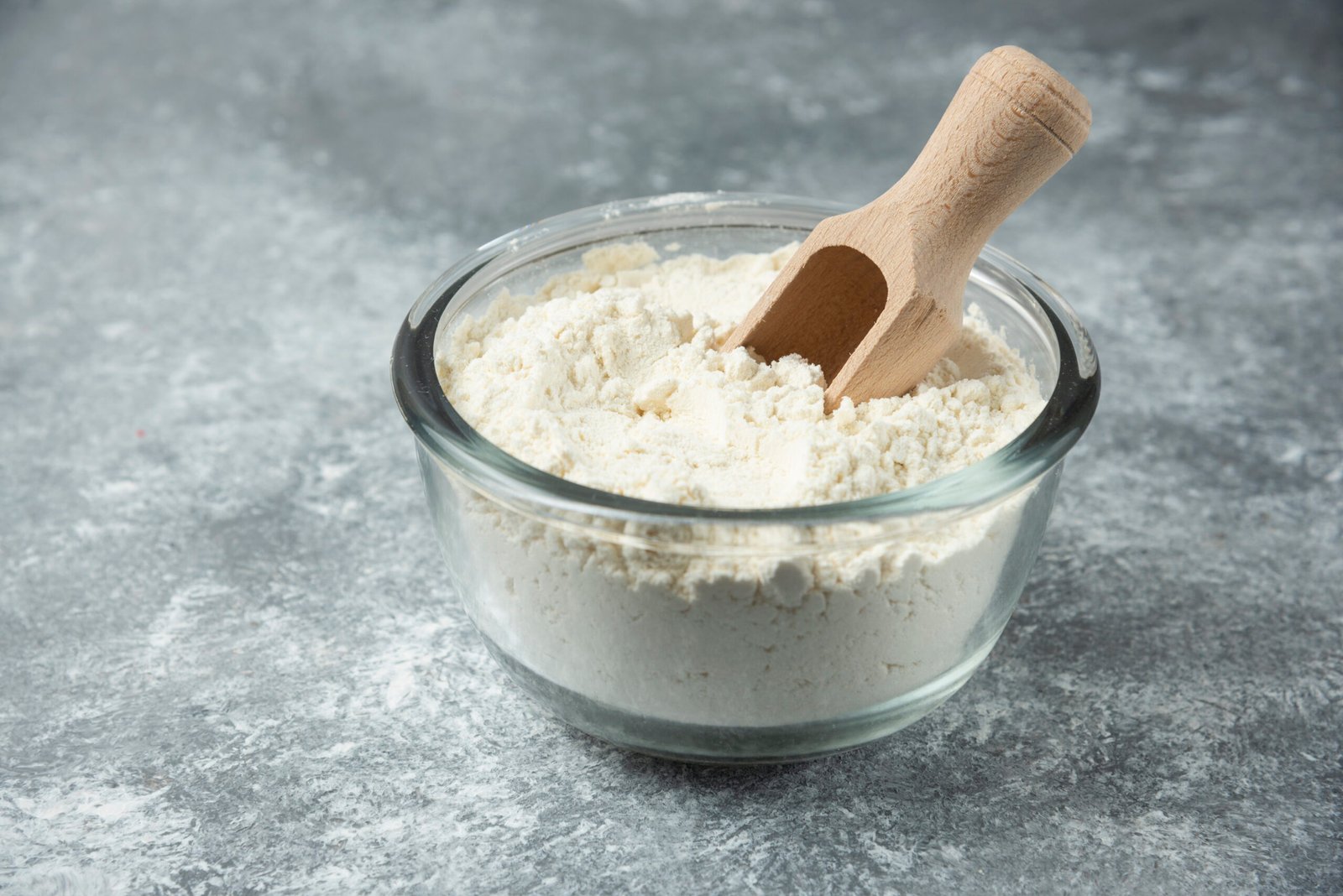
3.3 Safety and Tolerability
CHCL is generally considered safe. Its proponents argue that the reduced incidence of bloating and GI distress is a major advantage. Anecdotal reports and some small studies suggest that individuals who are sensitive to CM may tolerate CHCL better. This is a plausible claim given its solubility, but it requires more extensive confirmation in larger, robust clinical trials. For the majority of users who tolerate CM without issue, this advantage may be negligible.
4. Critical Comparative Analysis: Monohydrate vs. Hydrochloride
4.1 The Bioavailability Paradox
The core of the marketing for CHCL hinges on the concept of bioavailability. However, a critical scientific distinction must be made between solubility and bioavailability.
- Solubility is a physicochemical property describing a substance’s ability to dissolve in a solvent. CHCL wins this contest unequivocally.
- Bioavailability refers to the fraction of an ingested dose that reaches systemic circulation and is delivered to the site of action (in this case, muscle tissue).
The assumption that higher solubility automatically guarantees higher bioavailability is flawed. The absorption of creatine is not limited by its solubility per se but by the capacity of the specific creatine transporters in the intestine and muscle. Once creatine is in solution, the transporter proteins become the rate-limiting step. CM, even with its lower solubility, is effectively dissolved and absorbed at standard doses (5g) when taken with sufficient fluid. flooding the system with a highly soluble form does not necessarily increase the number or efficiency of these transporters. The Jagim et al. study supports this, showing that a much smaller dose of CHCL did not lead to superior—or even equivalent—muscle creatine retention compared to the standard CM dose.
4.2 The Economic and Practical Consideration
CHCL is almost invariably more expensive per gram than CM. If a user must consume a similar gram-dose to achieve the same effect (as the current best evidence suggests), then CHCL becomes a significantly less cost-effective option. The claim of needing only a “small scoop” is economically attractive but appears to be physiologically unsubstantiated for achieving maximal muscle creatine saturation.
4.3 The Placebo and Novelty Effect
The supplement industry thrives on innovation and “new and improved” formulas. It is possible that some anecdotal positive reports associated with CHCL are influenced by a placebo effect, driven by compelling marketing and the desire for a better product. Furthermore, individuals who switch to CHCL after experiencing GI issues with poorly consumed CM (e.g., taking a large dose without enough water) may misattribute their improved tolerability solely to the form of creatine, rather than the improved consumption practice.
Worth to read it: Top 10 pre workout supplements in US

5. Conclusion and Practical Recommendations
Based on a rigorous examination of the extant scientific literature, the following conclusions can be drawn:
- Efficacy: Creatine monohydrate possesses an unparalleled body of evidence demonstrating its efficacy, safety, and reliability for improving high-intensity exercise performance and body composition. It is the most clinically validated ergogenic aid available.
- Bioavailability Claims: The theoretical advantages of creatine hydrochloride, primarily its superior solubility, have not been consistently demonstrated to translate into meaningfully greater muscle creatine uptake or performance enhancements in human trials when compared to standard dosing of creatine monohydrate.
- Tolerability: CHCL may offer a marginal advantage in gastrointestinal tolerability for a small subset of individuals who are acutely sensitive to creatine monohydrate. For the vast majority, CM is well-tolerated, especially when consumed in divided doses with food and ample water.
- Cost-Effectiveness: Creatine monohydrate remains the most cost-effective option by a significant margin, offering proven results at a fraction of the cost of most alternative forms.
See also: supplements buying tips
Practical Application for Athletes and Practitioners:
For scientists, clinicians, coaches, and athletes seeking a evidence-based approach, creatine monohydrate should continue to be the form of first choice. It is the unequivocal gold standard. The choice to use an alternative form like creatine hydrochloride should be made with a clear understanding that the claims of superior efficacy are not robustly supported by independent science. Such a choice may be justified only for an individual who has genuinely attempted and failed to tolerate monohydrate (after adjusting consumption methods) and for whom cost is not a primary concern.
The arrival of new compounds should be welcomed by the scientific community, but they must be subjected to the same rigorous, independent scrutiny that has built the formidable reputation of creatine monohydrate. Until such time as a substantial body of high-quality research demonstrates clear and consistent advantages for creatine hydrochloride, monohydrate will rightly retain its premier position in sports nutrition.
Disclaimer & Sources:
This article is intended for informational and scholarly purposes only and does not constitute medical or nutritional advice. Individuals should consult with a healthcare professional before beginning any new dietary supplement regimen.
The analysis presented is synthesized from the following sources and the broader corpus of scientific literature on creatine supplementation:
- Kreider, R. B., et al. (2017). International Society of Sports Nutrition position stand: safety and efficacy of creatine supplementation in exercise, sport, and medicine. Journal of the International Society of Sports Nutrition.
- Jagim, A. R., et al. (2021). A buffered form of creatine does not promote greater changes in muscle creatine content, body composition, or training adaptations than creatine monohydrate. Journal of the International Society of Sports Nutrition.
- Persky, A. M., & Brazeau, G. A. (2001). Clinical pharmacology of the dietary supplement creatine monohydrate. Pharmacological Reviews.
- Harris, R. C., et al. (1992). The absorption of orally supplied creatine. Acta Physiologica Scandinavica.
- Ostojic, S. M., et al. (2014). Creatine hydrochloride supplementation: A potent and novel form of creatine. Journal of Strength and Conditioning Research (Note: This is an example of a study often cited; its methodology and conclusions have been debated within the scientific community).
- Buford, T. W., et al. (2007). International Society of Sports Nutrition position stand: creatine supplementation and exercise. Journal of the International Society of Sports Nutrition.
- Hultman, E., et al. (1996). Muscle creatine loading in men. Journal of Applied Physiology.
- Gualano, B., et al. (2012). In sickness and in health: the widespread application of creatine supplementation. Amino Acids.
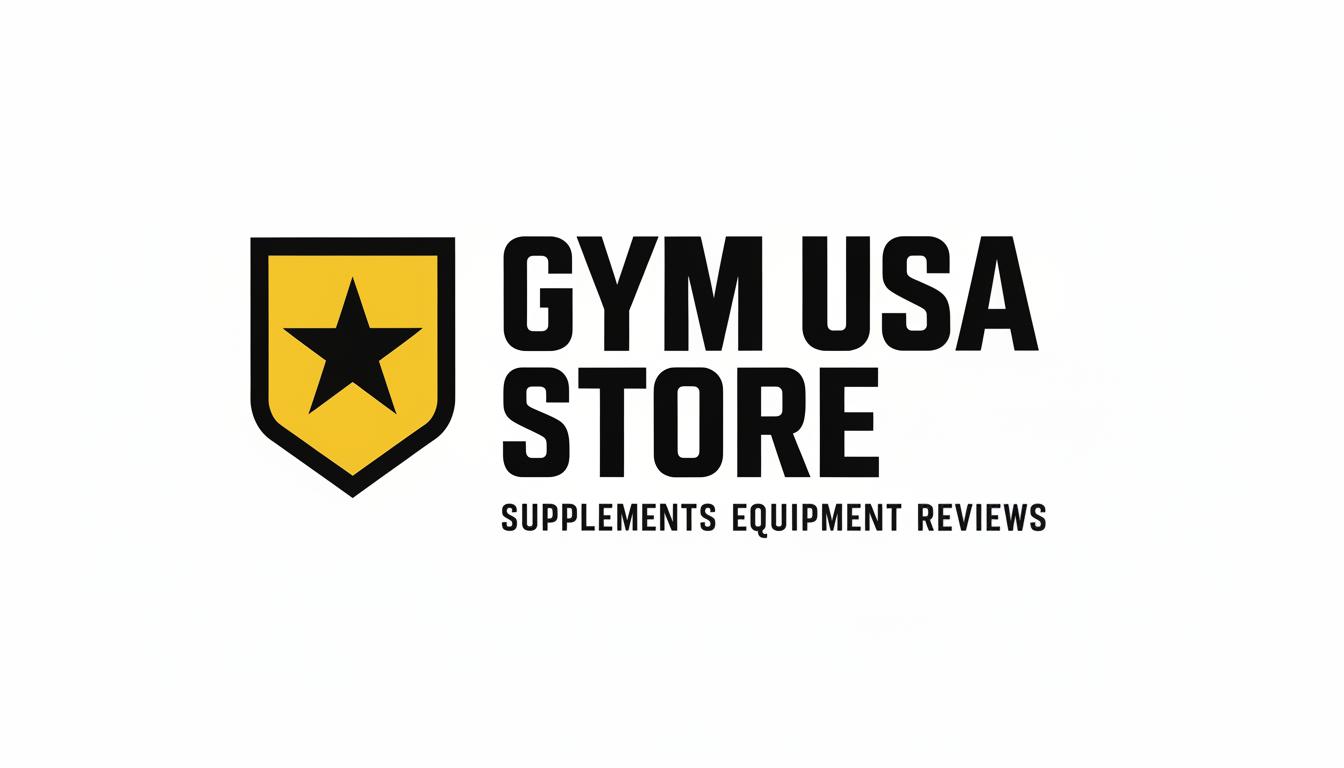

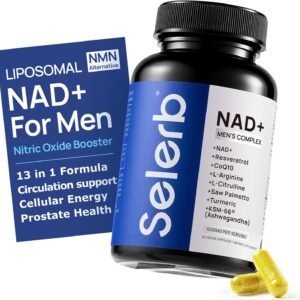
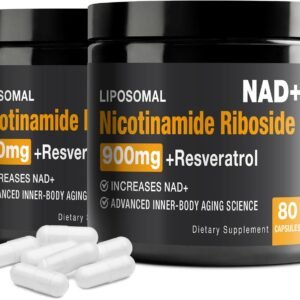
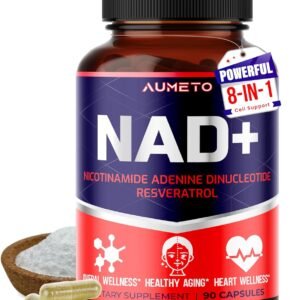

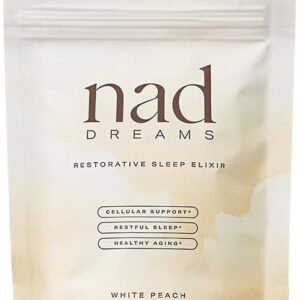
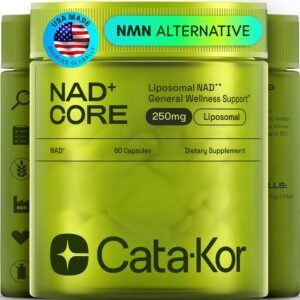
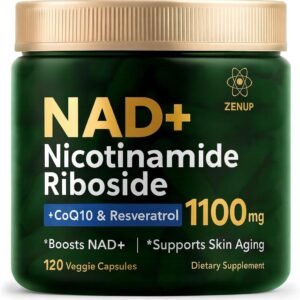
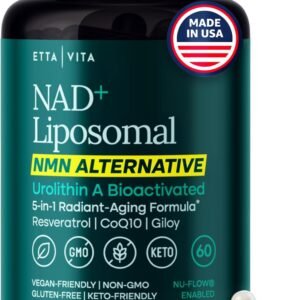


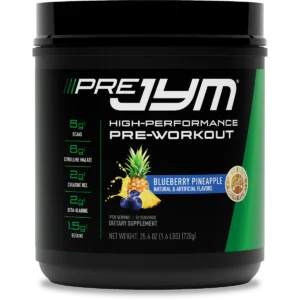
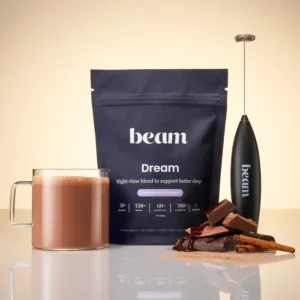

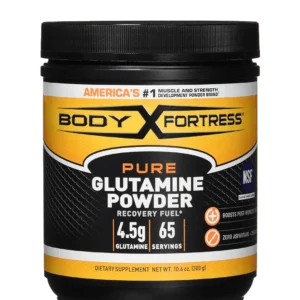
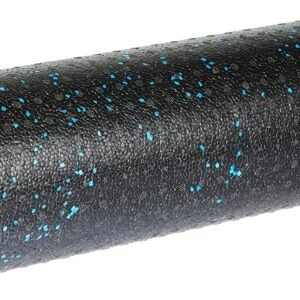
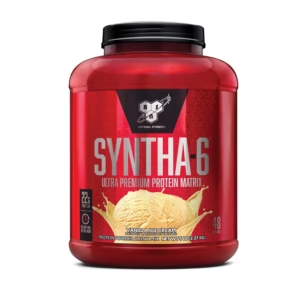





5 Comments
[…] Learn more: differences creatine monohydrate vs creatine HCL […]
[…] Learn more: creatine HCL avs creatine monohydrate […]
[…] Check also info: creatine monohydrate vs creatine HCL […]
[…] creatine monohydrate vs hydrochloride […]
[…] More about creatine: Creatine Monohydrate vs. Creatine HCL […]